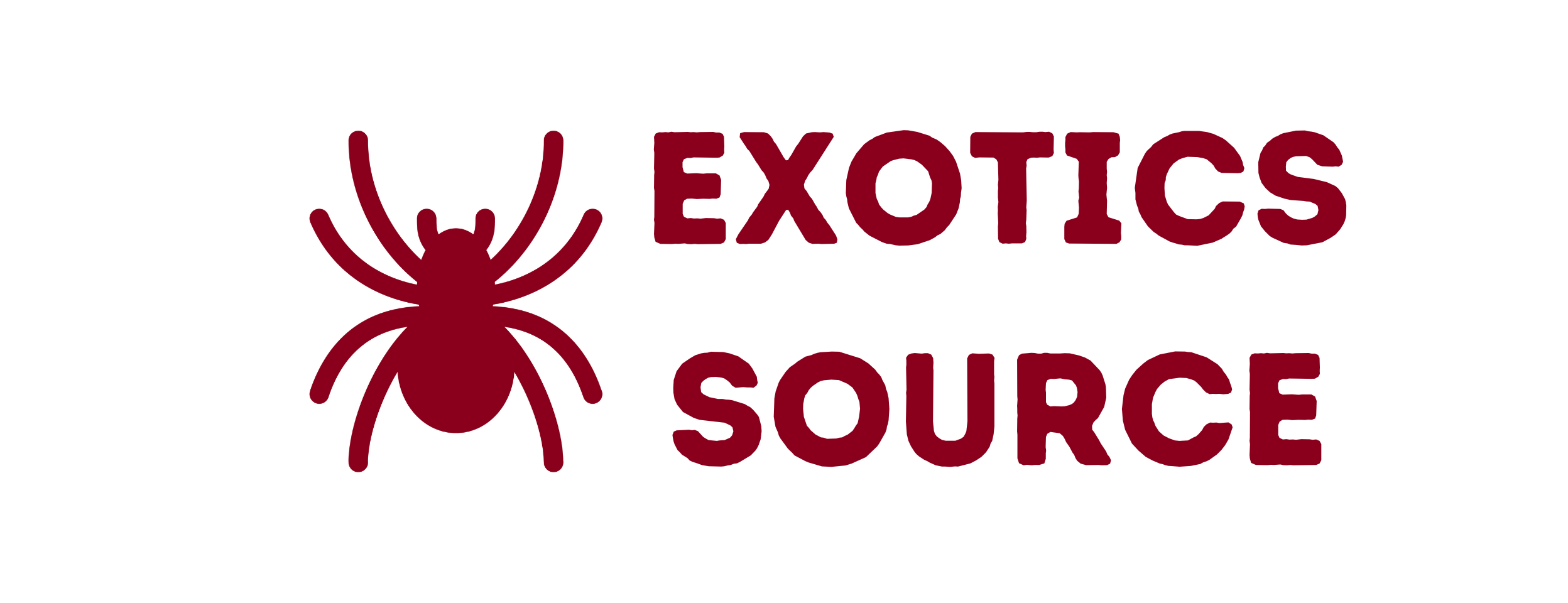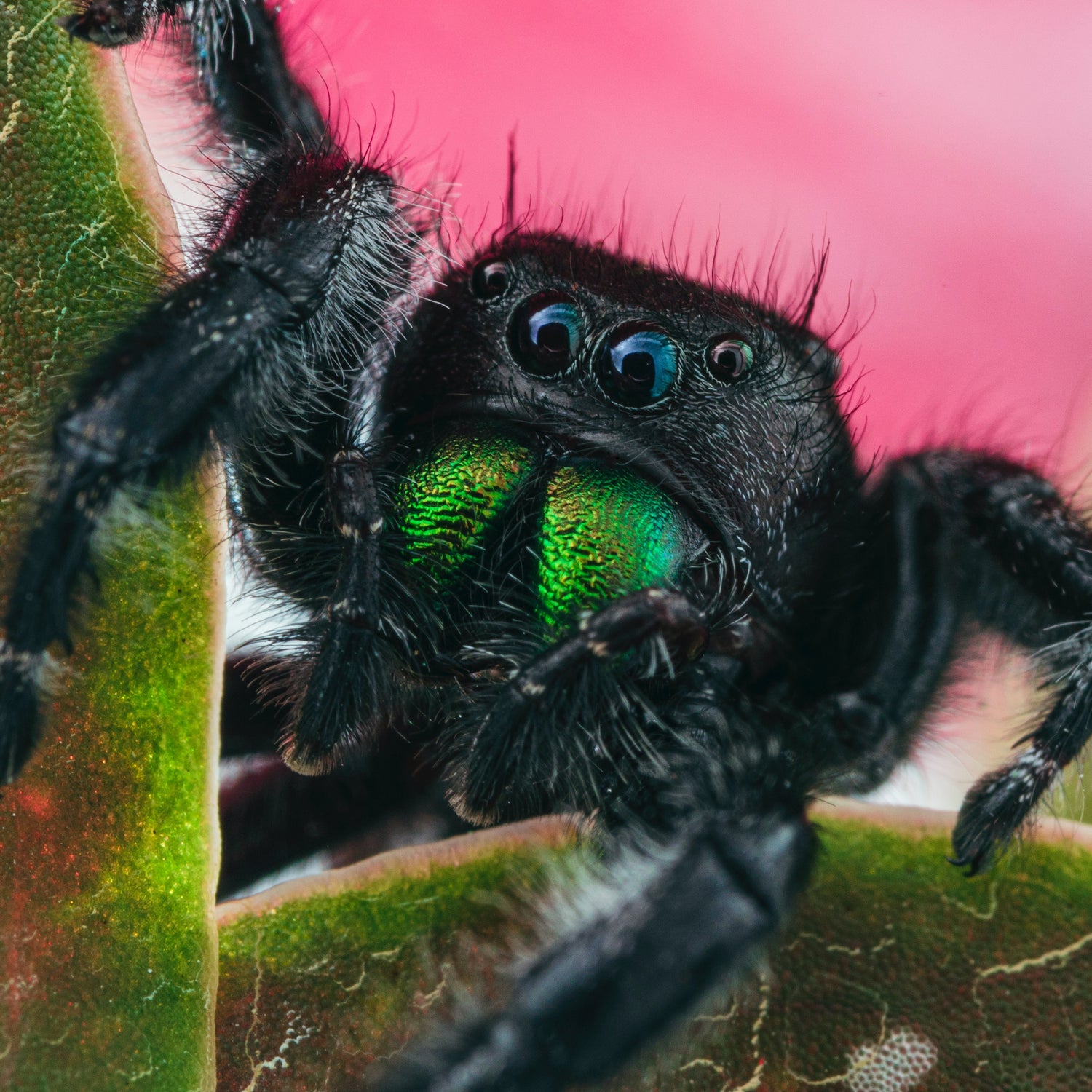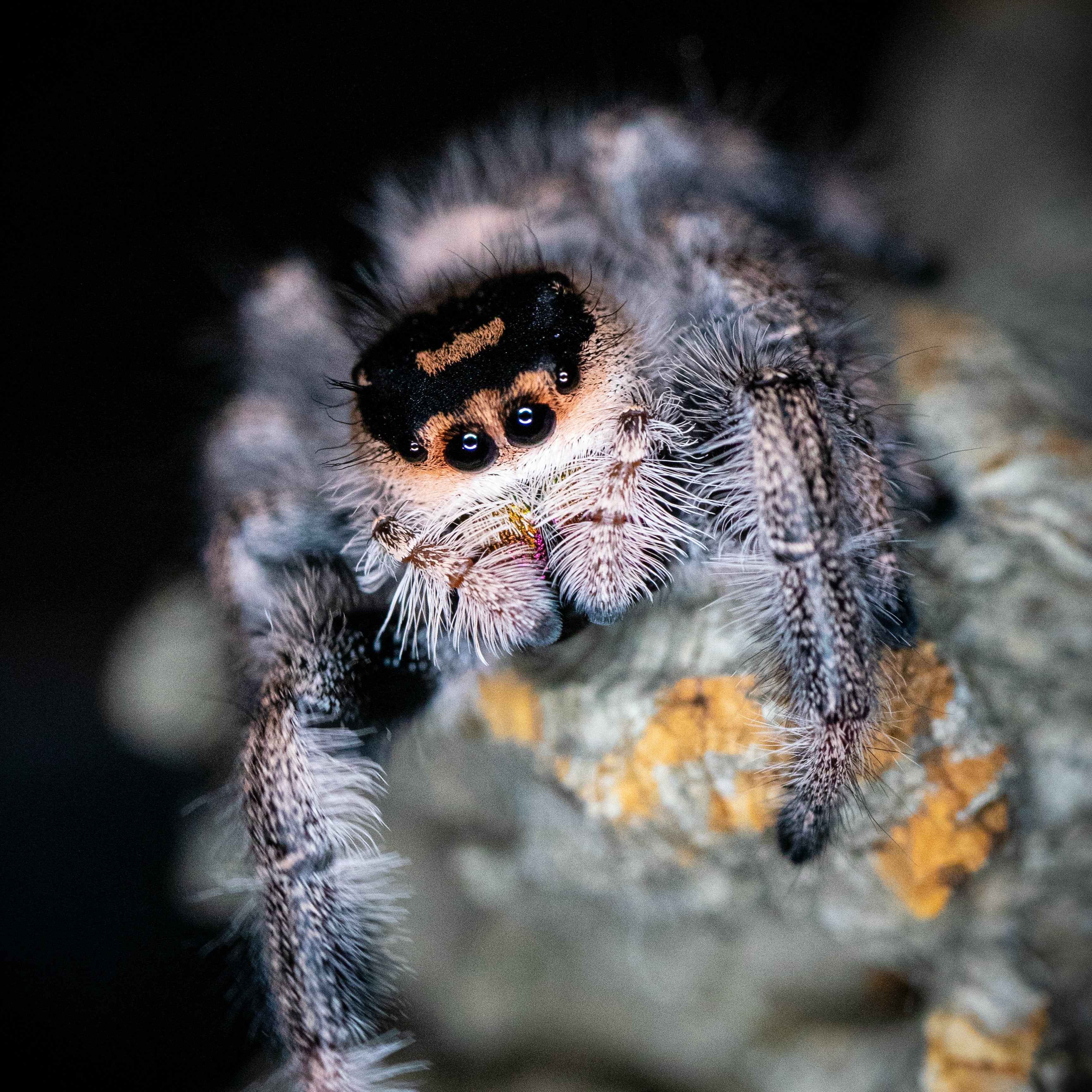The chelicerae of a spider are one of their most unique and defining features. These structures are essentially the spider's jaws, and are located at the front of their cephalothorax, which is the fused head and thorax region of their body.
The chelicerae are a pair of appendages that are used by spiders to bite and hold onto their prey. They are often referred to as fangs, and are hollow, allowing the spider to inject venom into their prey. The venom can help immobilize or kill the prey, making it easier for the spider to consume.
The size and shape of the chelicerae vary greatly among different species of spiders. Some species have large and powerful chelicerae, while others have smaller and more delicate ones. Some species also have chelicerae that are adapted to a specific type of prey, such as those that specialize in feeding on other spiders.
In addition to their role in feeding, the chelicerae also play a role in the spider's defense. Some species of spiders, such as the tarantula, can use their chelicerae to deliver a painful bite to potential predators or threats.
The chelicerae of a spider are also important for the identification of different spider species. The shape, size, and coloration of the chelicerae can help experts distinguish between different species, and can be used as a key feature in spider taxonomy.
Overall, the chelicerae of a spider are a fascinating and important feature of these arachnids. Their function in feeding, defense, and identification make them a critical aspect of spider anatomy. Understanding the chelicerae can help us appreciate the unique adaptations and behaviors of these remarkable creatures!
Interested in keeping Regal Jumping Spiders?
We got you covered.
Visit our Online Store to get one for yourself!



Leave a comment
This site is protected by hCaptcha and the hCaptcha Privacy Policy and Terms of Service apply.